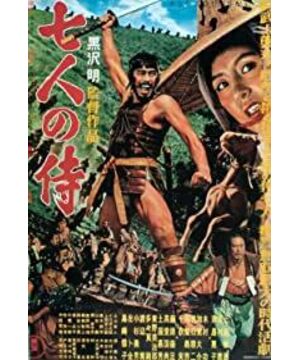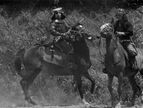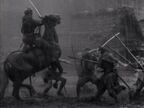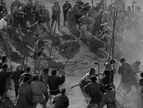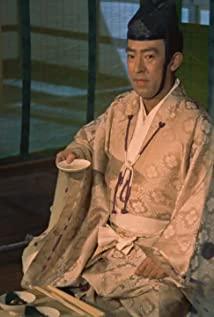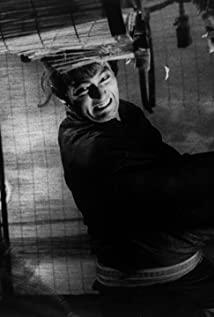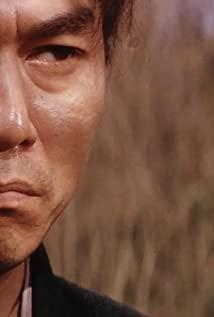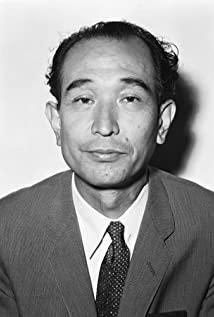1. Frequent switching of multiple scenes, multi-camera photography. Mud scene
2. There are two types of fighting (how to deal with emotional tension and express death):
① Focus on results, there is no fighting process, the actions are extremely simple, and the audience is in a spectator perspective. The slow motion in the scene of the first murder can even make people feel their breathing slowed down.
②The whole process is recorded with one move and one style. The situation of the two groups of people is completely exposed to the audience. There is no focus-based shooting of the protagonist. This is completely different from the common logic of modern movie fighting scenes. We always want to shape the hero's halo of the protagonist and make the camera more than one person. He didn't give the audience a result.
3. Characterization:
① Samurai spirit, chivalry spirit.
② Young people always want to fight for meritorious service and be the king of a city.
③The seventh samurai is the link between the samurai and the peasant. He is well aware of the inferiority of the peasant, because he is a peasant, he hates the weakness of the village mother-in-law, because he hates the once weak self. An urgently recognized role, he needs to be recognized by others.
④The image of the peasants is complex, three-dimensional, and cowardly. In the beginning, everyone would rather commit suicide than resist; poorly, they will always be oppressed people; cunning, they have everything, but they all hide; selfish, facing the death of a samurai, They are more willing to drum and sing for their salvation; bullying is afraid of the strong, and they dare not rush up and always hide behind.
4. Class love, there are only anti-class people, there is no day when class does not exist.
View more about Seven Samurai reviews


